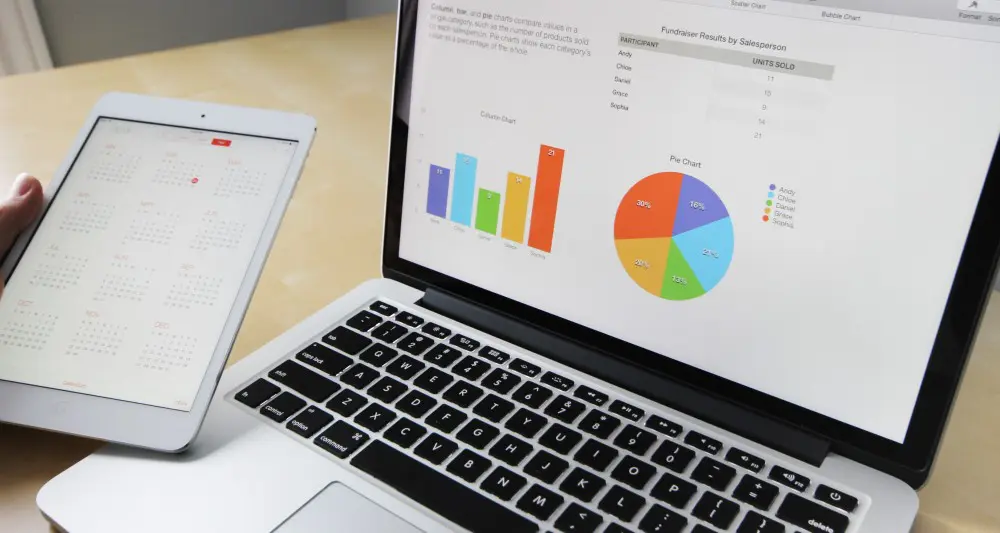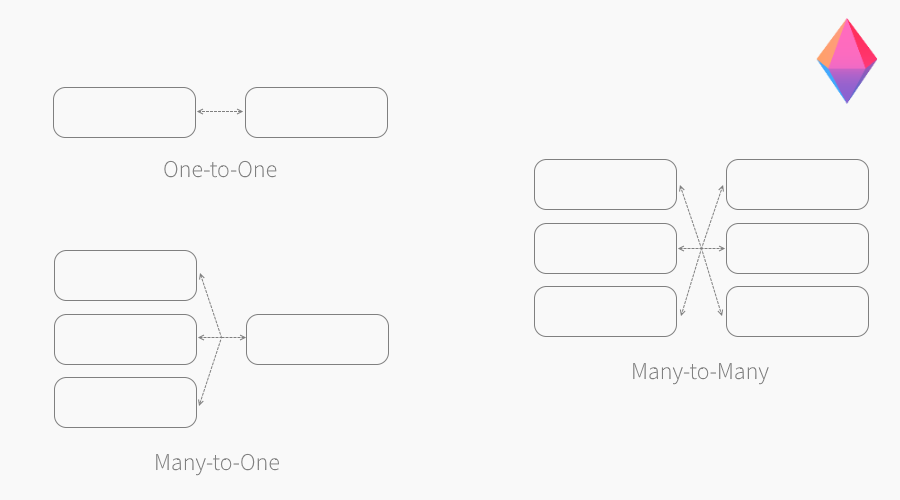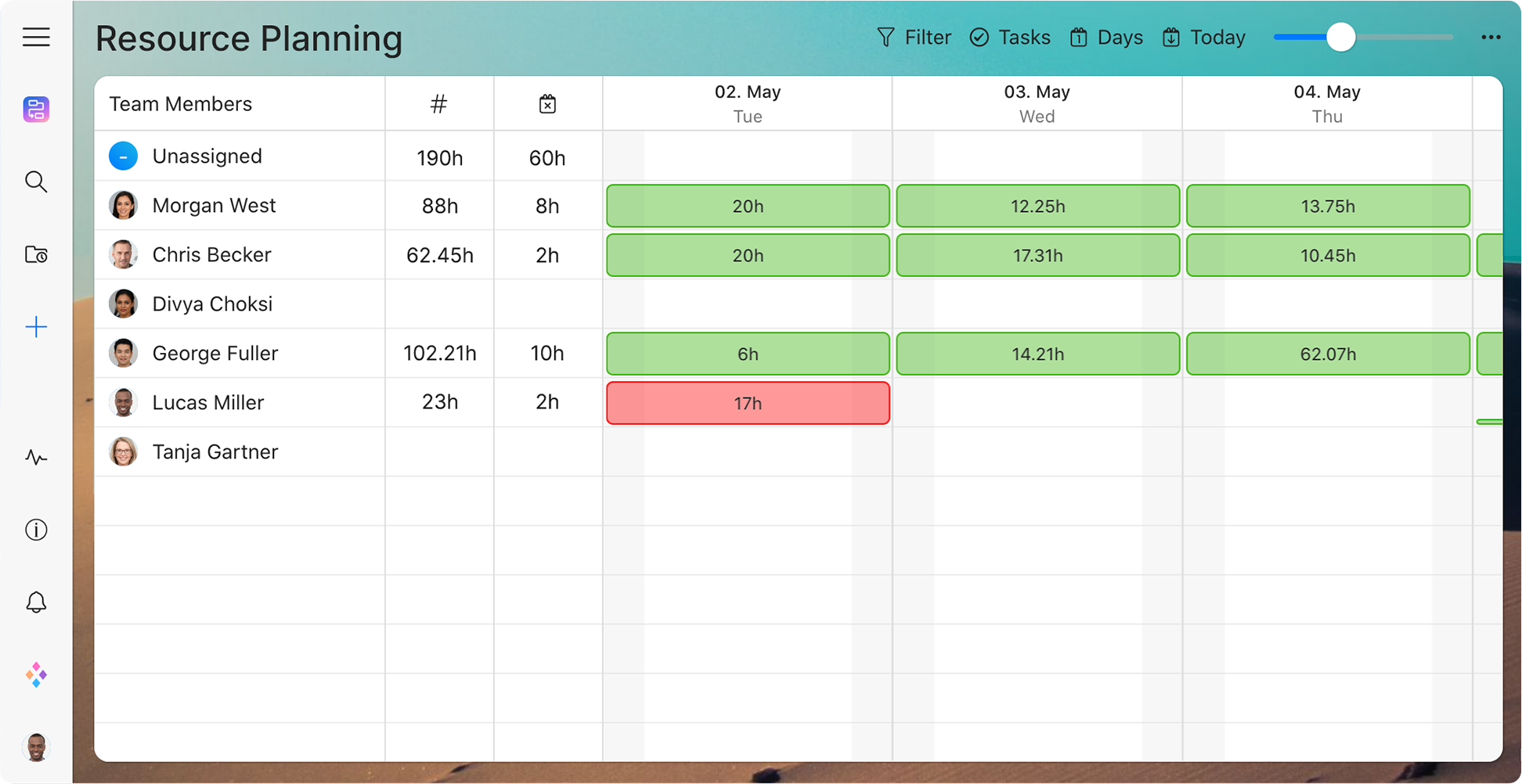
When you acquire a bunch of data that needs to be stored in the most practical way, you know that either a spreadsheet or database would make sense. But which, do you ask, would be the better option?

Spreadsheets and databases are useful ways to store information and aid in the daily operations of a business. While they share common characteristics, they differ in how data is stored and manipulated, which is what determines which would work best. Where one is ideal for analyzing data, the other is good for storing information for ongoing use.
So, Which Is Which?
A spreadsheet is a file made of rows and columns that simulates a paper worksheet. It manages and calculates information which can be used to create charts and graphs. They are designed to store key numeric points rather than details, making them ideal to use when there is a single focus on the data.

In contrast, a database is designed to hold a larger collection of organized information that can be accessed by multiple users with optimal speed and minimal processing expense. Commonly used databases, perhaps the type you are most familiar with (ahem, like Zenkit), follow the relational database model.
Online relational databases store information in one space and sort data, allowing you to find a specific piece of information quickly by using queries. The relationship of similar data is what enables speed and versatility. They are made up of tables which comprise rows and columns — like spreadsheets — that represent standard fields and records.
What distinguishes databases from spreadsheets is the uniqueness of the tables and the different relationships that can be made between the different tables. One-to-one (e.g. person-ID number), one-to-many (customer<sales orders), and many-to-many (authors><books) relationships are the different relationship types that allow your data to associate together.

Therefore, while a spreadsheet is ideal to use for analyzing data, using a database would make the most sense for long-term, more elaborate information storage.
Other pointers that can help you choose…
Accessibility
One of the biggest indicators of knowing when to use one over the other is the number of users that would need access to the data. A database is less prone to crashing than a spreadsheet due to being able to hold more information. So, if you have, let’s say, more than five people requiring access, or if access is needed for a longer period of time, then using a database is the way to go. Team collaboration projects, recording employee details, or tracking business inventory are just a couple of examples of great database use.

Experience seamless project collaboration and organization.
Sign up for free today!
Complexity
If by looking at your data you see that it is flat, meaning that a simple list or chart is sufficient enough to display the information, then a spreadsheet would make the most sense. Spreadsheets allow you to present and analyze your data in a stylish way, making it great for presentations and reports. If you notice that your data is subject to change and that a list or chart will continuously expand, then a database is best.
Final Thoughts
There is no rule that states you can only use one or the other. For some, utilizing both a spreadsheet and a database to manage information may perhaps make the most sense. Is this something you’ve done recently? If so, let us know what made you go down this route.
Cheers,
Dinnie and the Zenkit Team





Leave a Reply